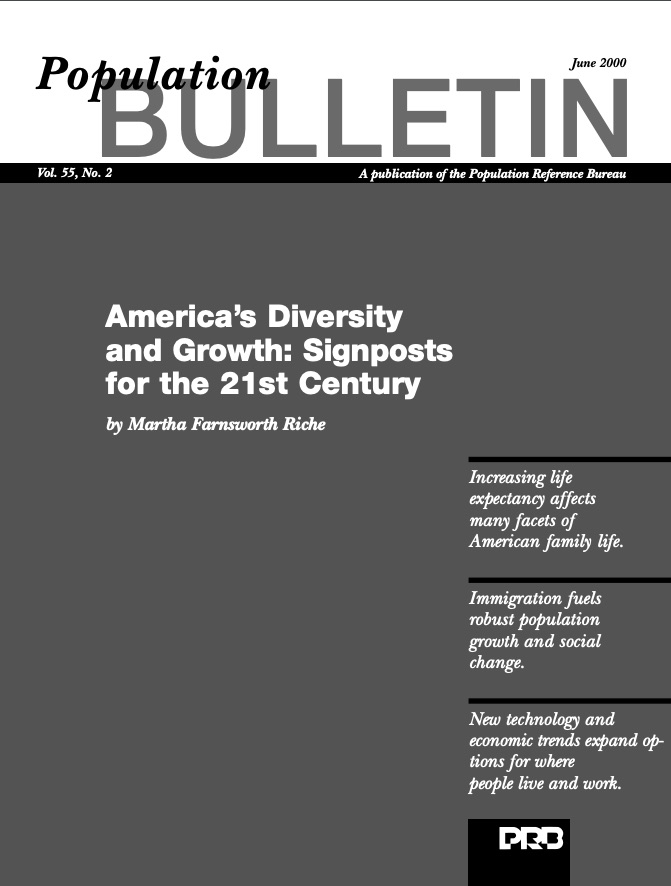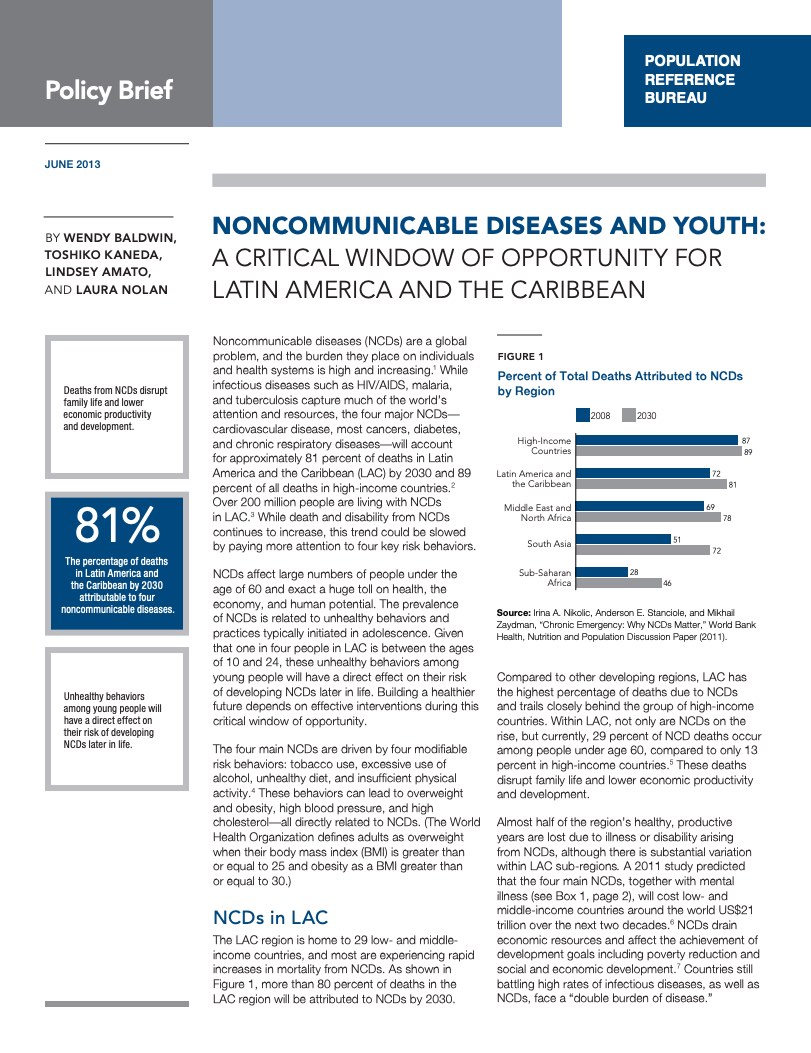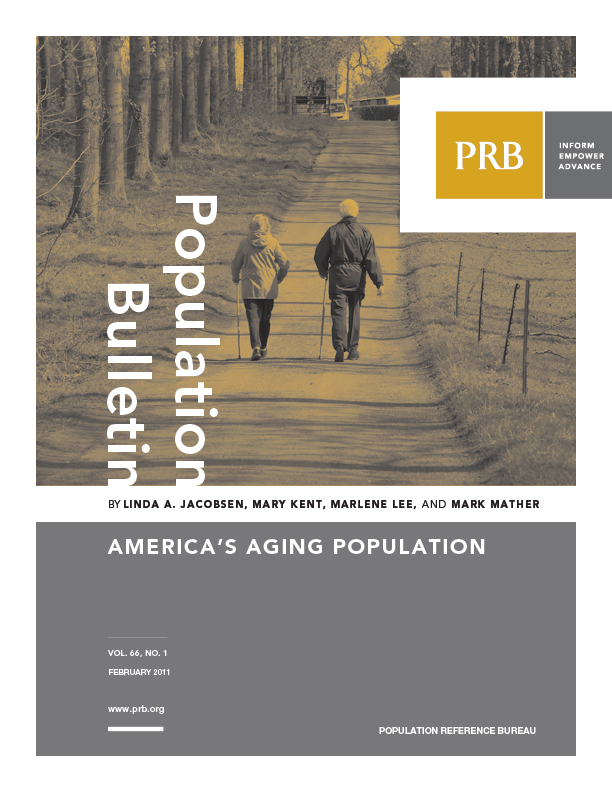Blurring the Color Line: The New Chance for a More Integrated America
(2009) Changing demographics in the United States present an opportunity for the advancement of minorities into higher-paying occupations.
(2009) Changing demographics in the United States present an opportunity for the advancement of minorities into higher-paying occupations.
(2006) The United States is set to reach a milestone in October. Joining China and India, it will become the third country to be home to at least 300 million people.
(2009) Although child poverty conjures up an urban image for most Americans, one-fifth of children in poverty live in rural areas. Poverty rates are higher for rural than for urban children, and the gap has increased in recent years.

(2000) At the beginning of the 21st century, demographic trends seem to many Americans to signal new, potentially disquieting changes in the U.S. population.

Leading researchers discussed nuances in maternal mortality data in the United States—and potential policy solutions.

Project: Combatting Noncommunicable Disease Risk Factors in Youth
(2013) Noncommunicable diseases (NCDs) are a global problem, and the burden they place on individuals and health systems is high and increasing.

Project: American Community Survey and Decennial Census Support Services
(2020) The U.S. population is undergoing rapid racial and ethnic change, led by growth of the Hispanic/Latino and Asian American populations. For policymakers and others, keeping track of these changes is important because some racial and ethnic groups are faring worse than others.

Population Bulletin, Vol. 66, No. 1: In 2011, the oldest baby boomers—Americans born between 1946 and 1964—will start to turn 65.

Project: Combatting Noncommunicable Disease Risk Factors in Youth
(2013) Noncommunicable diseases (NCDs) are a global problem, and the burden they place on individuals and health systems is high and increasing.